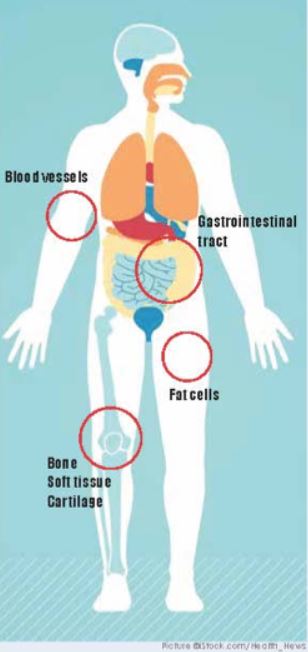Not much is known about this difficult disease – sarcoma cancer – because it is easy to ignore the small lumps in the beginning until the lump(s) grows and pain becomes unbearable which a Filipino patient, in interviews, likened to ‘being knifed or stabbed repeatedly.’

The top three causes of death in the Philippines from January to August 2024 were ischaemic heart diseases, neoplasms (or cancer), and cerebrovascular diseases. The Philippine Statistics Authority (PSA) reported that neoplasms or cancer were the second leading cause of death in the country from January to April 2024.
Although much has been written about the leading cause of cancer death – lung cancer – in the Philippines, information on sarcoma incidence and mortality remains scarce in the Asia-Pacific region, especially in the Philippines.
Filipino doctors call it ‘grupo ng mga bukol” (lump/mass) and there are more than 100 different subtypes. An oncologist from the University of Santo Tomas Hospital described it as a rare type of cancer that affects the bones and soft tissue (or connective tissue cancer), making it difficult to diagnose.
The disease is complex and diverse and can affect any part of the body – – bones (buto), fat (taba), skin / flesh (laman), blood vessels, tendon, ligaments, veins (ugat), lining of the intestine, spindle cell (in between muscles).

According to Parkway Cancer Centre, there are four things to know about sarcoma:
Sarcoma is one of the rarest forms of cancer. Most sarcoma subtypes do not have a known cause.
Rare subtypes of sarcomas have an incidence of 1 per 1,000,000 of the population.’
Currently sarcoma makes up only 1% of adult cancer diagnoses and approximately 15% of childhood cancer diagnoses in the U.S.
There are several risk factors like age, genetics, exposure to radiation, lifestyle and environmental factors.
The signs and symptoms of sarcoma usually depend on its subtype and site of occurrence:
Soft tissue sarcoma
• Painless lumps and bumps
• Persistent abdominal pain
• Black stool or blood in stool or vomit
• Skin lesions
• Persistent swelling
Bone sarcoma
• Persistent pain in the bones, especially at night
• Bone swelling
• Bone fractures from minimal or no trauma
• Lump with pain and swelling in later stages
• Restricted mobility
• Sensation of numbness, tingling or weakness (in the case of spine cancer
As sarcoma is rare and heterogeneous, it is difficult to treat because of the lack of symptoms in its early stages. Sarcoma does not discriminate and can affect individuals from young children to the elderly. Different age groups are susceptible to different types of sarcoma.
Generally, treatment will take into account the subtype, the location, grade and size of the tumor, and the patient’s age and health. Given the diversity of sarcoma subtypes, treatment strategies vary greatly and may include chemotherapy, radiation therapy, immunotherapy and surgery.
It is advisable to see a doctor if you notice a painless lump on your body because it could be a form of sarcoma. Lumps can grow very big, more than 5cm. Bone sarcoma, on the other hand, can cause pain as the bones may fracture.
Parkway Cancer Centre emphasized the importance of early detection for timely intervention and better treatment outcomes.




